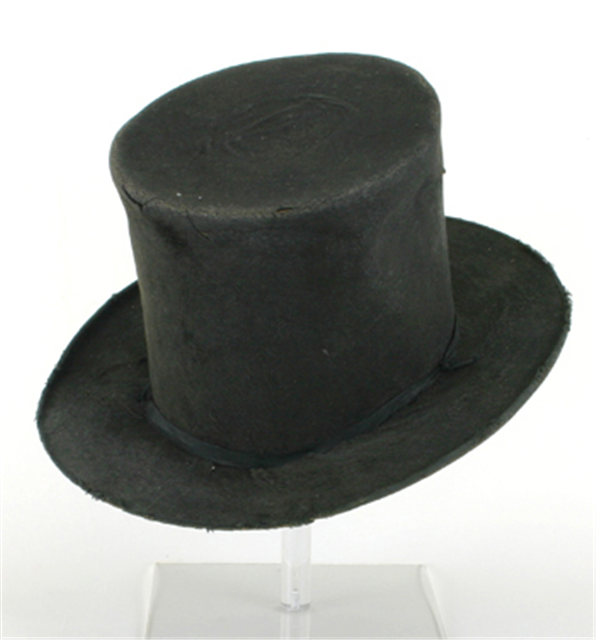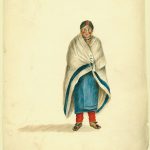
The beaver felt hat was one of the main reasons for the success of the fur trade in northern states, such as Wisconsin, and in Canada. But why was this hat more popular than others? Clothing allows for people to choose their own style while still providing protection and cover. The pieces individuals choose to wear can be a public display of their social status. For Europeans in the 16th century, a broad-brimmed felted beaver hat was considered the latest ‘fad’ or fashion trend and was a “social necessity”. These hats were not only waterproof but also lasted a long time. Beaver hats held both their shape and color longer than hats made from another animals’ fur or simply cloth.
Is there something in your life that you would call a social necessity?
In order to make one of these hats, the hat maker needed beaver furs or pelts. The high demand in hats led to the beaver’s extinction in western Europe by the late 1500’s and a near extinction in Scandinavia and Russia. But because of European expansion into the Americas, settlers found a new source for beaver pelts. This sparked what is known as the Fur Trade. Beaver was not only plentiful in America, but the animals, located in what is now considered the northern states and borderland Canada, had a denser, richer coat because of the colder climate.
Do you choose clothing because of how it feels or by color?
The Europeans who worked for the trading companies had help from the native peoples who knew the landscape better and could provide tips on how to hunt beaver. Native Americans took their furs to trading posts or buildings that supplied items to trade. Objects, such as beaver furs, were traded in exchange for wool, axes, beads, or silk. These buildings provided native people with items that were unavailable to them before.
By the 1820’s, the beaver population in North America was so low that the Hudson’s Bay Company introduced some of the first conservation measures to help increase the population. But what really saved the animal was a change in European fashion. The silk top hat became popular at the end of the 1830’s, and people no longer wanted beaver hats. Material objects go in and out of fashion over time and these trends can have a greater environmental impact.
Is there an item that you used to wear all the time but has been replaced by something new? How are fashion trends today affecting the environment?
This story is part of the Wisconsin Historical Museum Mini Tour
Written by Nick Ostrem, April 2020.


